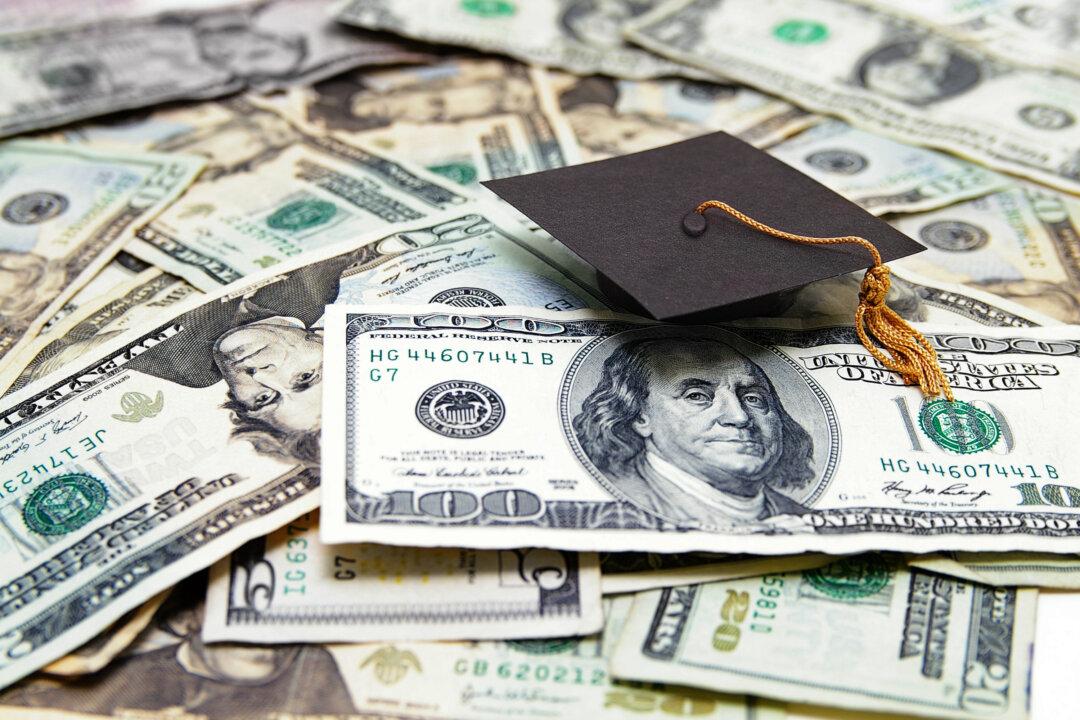Navigating the world of student loan repayment is a challenge for many recent graduates. You must understand your repayment options to manage this debt and help secure your financial future.
In this article, we will take an in-depth look at the issue of student loan repayment. We first examine the different types of student loans; then, we’ll explore your repayment options, including forgiveness programs. Finally, we’ll share a few effective strategies to help you manage your loans and financial life.
Understanding Your Student Loans
Many new students don’t fully grasp the complexities of student loans. Demystifying the process will help you gear up to proactively manage your repayment plans.1) Types of Student Loans
There are essentially two main types of student loans: federal loans and private loans. Either type of loan will help you earn a degree, but there are some differences that you’ll need to understand as a new graduate.- Federal loans are issued by the U.S. federal government. You’ll usually find these loans carry lower fixed interest rates and more flexible repayment options than many private loan options. Federal loans include Direct Subsidized Loans, Direct Unsubsidized Loans, and Parent Loan for Undergraduate Students (PLUS) Loans.
- Private loans are issued by banks or other private lenders. These loans are often paired with higher interest rates that are often variable. They also may offer fewer repayment options. That’s why many borrowers look first at federal loans and only apply for private loans if there’s a gap in funding that parent contributions, grants, scholarships, or federal loans can’t cover.






